
Supercharge your lead generation with a FREE Google Ads audit - no strings attached! See how you can generate more and higher quality leads
Get My Free Google Ads AuditFree consultation

No commitment
Supercharge your lead generation with a FREE LinkedIn Ads audit - no strings attached! See how you can generate more and higher quality leads
Get My Free Google Ads AuditFree consultation

No commitment
Supercharge your lead generation with a FREE Meta Ads audit - no strings attached! See how you can generate more and higher quality leads
Get My Free Google Ads AuditGet My Free LinkedIn Ads AuditGet My Free Meta Ads AuditFree consultation

No commitment
Supercharge your lead generation with a FREE Google Ads audit - no strings attached! See how you can generate more and higher quality leads
Get My Free Google Ads AuditFree consultation

No commitment
Navigating the competitive waters of the seafood industry requires more than just knowing your fish—it's about mastering the art of digital marketing. Leveraging Google Ads offers seafood brokers a strategic edge, facilitating a seamless blend of online engagement and offline sales tactics. In an environment where missing high-value prospects due to lack of tracking can lead to lost opportunities, it's crucial to integrate tools that ensure your services are visible exactly when and where they're needed most. For seafood brokers, this means capturing the attention of key decision-makers as they search for the best seafood options available. By doing so, you can blend industry-specific expertise with advanced targeting strategies to create a holistic funnel that drives buyer interest right to the point of purchase.
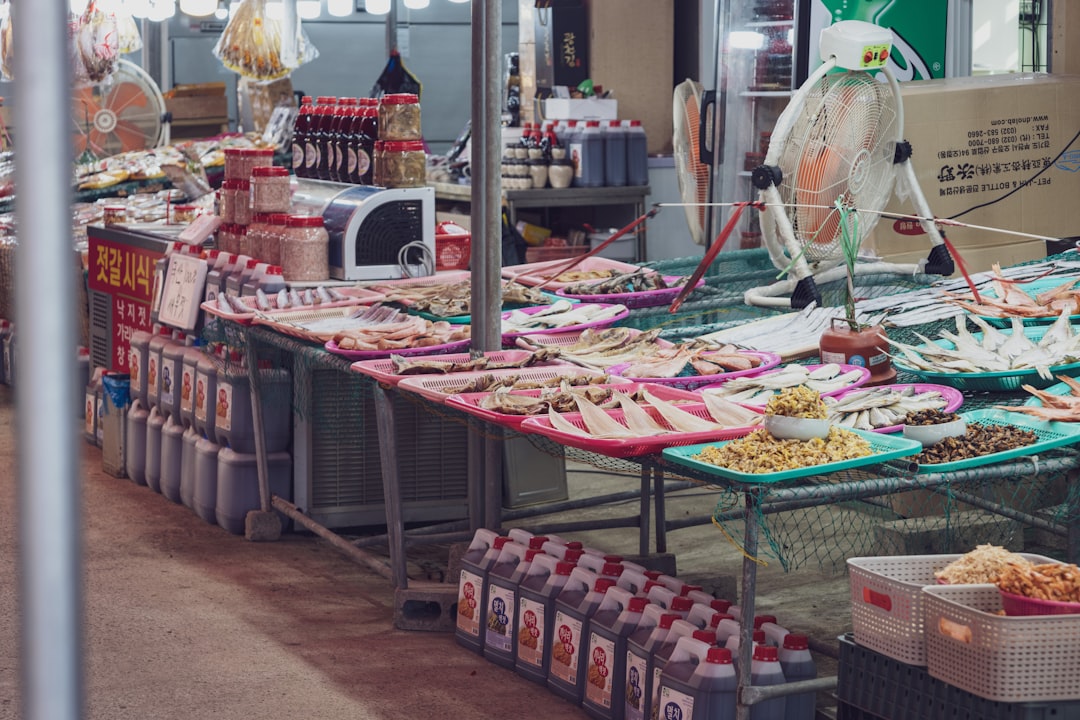
B2B seafood brokers operate in a fast-paced market where timing and relevance are critical to capturing high-intent buyers. Google Ads, when deployed with precision, becomes a direct line to decision-makers actively searching for seafood sourcing solutions, driving qualified traffic that is ready for engagement. For inspiration, see how a Google Ads campaign led to a 1700% website traffic growth for Alaska Seafood in just three months, demonstrating the power of digital advertising for food brands: Google Ads campaign drives 1700% website traffic growth.
A data-driven approach to Google Ads for seafood brokers transforms anonymous website visits into actionable lead signals. By leveraging Sona Identification, seafood businesses can reveal which companies and people are visiting their website—even without a form fill—empowering sales teams to prioritize and engage high-intent prospects swiftly.
Integrating Google Ads into seafood broker marketing unlocks new layers of insight across the buyer journey. Marketers can build keyword lists tailored to B2B seafood lead generation, craft compelling ad copy that speaks directly to procurement professionals, and design landing pages aligned with the unique needs of seafood buyers. Performance optimization tactics, combined with advanced conversion tracking, ensure that every marketing dollar is measured and attributed—online and offline—for a more robust strategy. For more in-depth strategies on campaign measurement, explore our blog on first-touch vs last-touch attribution models.
Common campaign types, such as Search and Display, allow brokers to reach buyers at every stage of their decision cycle. Enhanced audience segmentation means campaigns remain relevant as leads progress from initial interest to ready-to-buy. With unified campaign data and intent signals, teams can identify, engage, and convert high-value leads with confidence in their pipeline and marketing ROI. To start unlocking qualified seafood broker leads, get started for free with Sona.
Seafood brokers operate in an environment where market timing, buyer specialization, and inventory volatility directly impact revenue. Reaching the right buyers at the exact moment of need requires a digital strategy tuned for precision and agility, which is where Google Ads outpaces traditional channels. A recent case study on Alaska Seafood highlights how digital advertising can drive rapid growth and measurable results for seafood brands.
With Google Ads, seafood brokers gain access to real-time data on buyer intent, allowing for smarter budget allocation and more relevant outreach as market conditions shift. Dynamic retargeting ensures leads are nurtured automatically, recovering interest that might otherwise be lost after initial contact. By integrating Sona Identification, brokers can move beyond anonymous web traffic, pinpointing actual companies and decision-makers engaging with their content. This unified approach brings new transparency to B2B seafood lead generation and empowers teams to tailor follow-up with highly actionable insights.
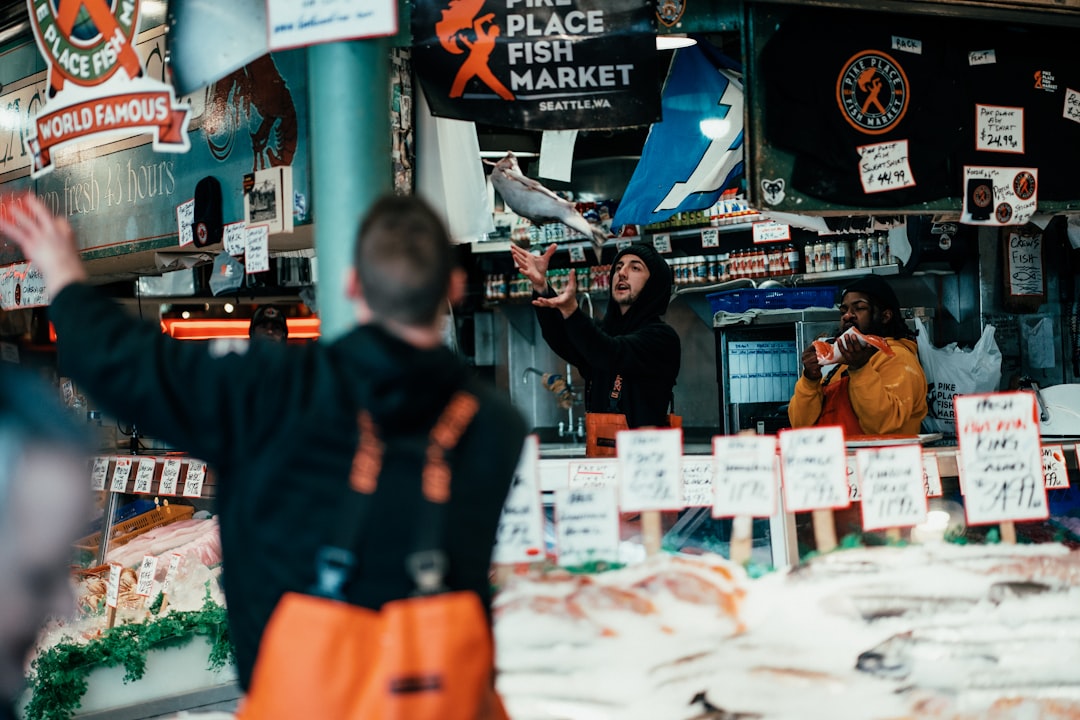
Seafood brokers face unique challenges in reaching buyers who demand reliability, fresh product access, and transparent sourcing. Precision in digital campaigns directly influences deal velocity and long-term partnerships. Selecting the right Google Ads campaign types is foundational for consistently capturing high-value B2B leads in the seafood industry. For a practical illustration of impact, explore this case study of a Google Ads campaign driving 1700% website traffic growth for Alaska Seafood.
Ready to elevate your seafood brokerage’s digital campaigns? Get started for free with Sona.

The seafood brokerage landscape rewards those who identify unique, scalable growth channels ahead of the competition. Emerging keyword targeting strategies tailored to specific seafood varieties and niche buyer intents enable brokers to capture demand before it peaks in broader markets. For further industry perspective, see how a Google Ads campaign drove 1700% website traffic growth for a leading seafood brand.
Seafood brokers operate in a dynamic market, where nuanced segmentation unlocks higher lead quality and cost-efficiency. Precision targeting ensures that campaigns align with the actual buying journey, preventing wasted spend and fragmented messaging. For deeper insights on performance management in marketing, explore why marketing performance management is critical.
Strategic audience segmentation is critical for seafood broker marketing, especially in digital channels like Google Ads. By dividing audiences based on product type, intent, and market characteristics, brokers can tailor campaigns that resonate and convert at every stage of the seafood supply chain. A case study on Google Ads demonstrates how targeted segmentation fueled a dramatic rise in website traffic for a seafood brand.
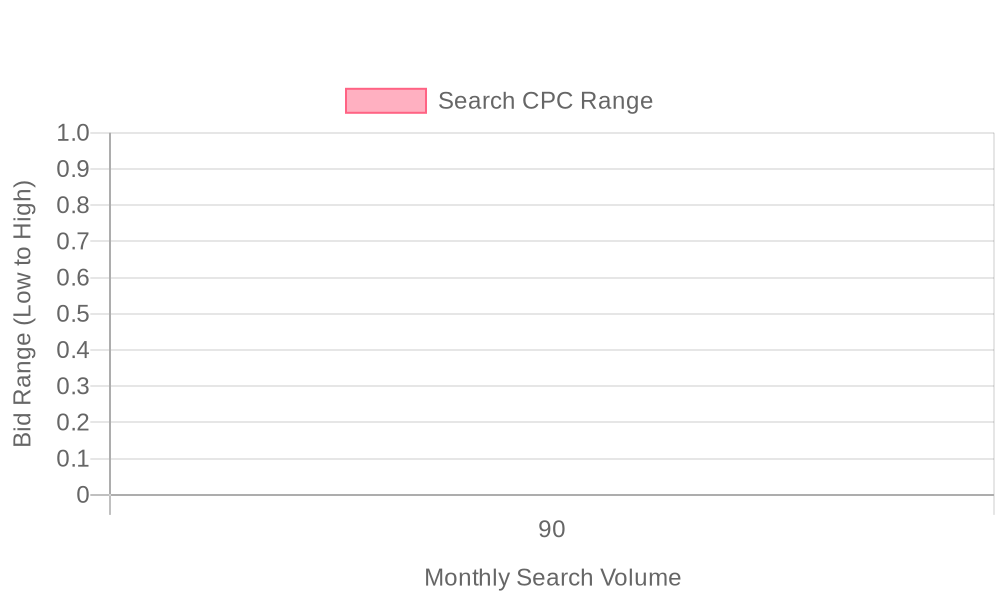
| Industry | Keyword | Monthly Search Volume | Competition Level | Low Bid | High Bid |
| Seafood Brokers | seafood brokers | 90 | LOW |
Effective keyword strategy is the linchpin of successful Google Ads for seafood brokers. Targeting searchers who are actively seeking "seafood wholesalers near me," "bulk seafood delivery," or "fresh seafood importers" ensures every ad dollar is spent reaching buyers with intent to transact. By clustering keywords into tightly themed ad groups, campaigns can address distinct buyer stages, from discovery to purchase, and remain relevant to each audience segment—see this case study on Google Ads impact for seafood brands for more insight.
High-performing seafood broker campaigns also leverage market-specific and product-driven phrases, such as "sustainable seafood sourcing" or "frozen seafood suppliers USA," to attract leads with unique procurement needs. Organize these keywords by geography, seasonality, and buyer persona to maximize local relevance while capturing national or international demand. Negative keywords play a critical role in filtering out searchers looking for unrelated retail products or consumer-focused services, providing a cleaner, more actionable pipeline—explore more best practices for B2B marketing campaigns.
Aligning ads with high-intent keywords allows marketers to intercept valuable prospects before they engage competitors. With unified intent signals and advanced audience segmentation, revenue teams can identify which companies are searching for wholesale seafood and sync these enriched audiences into their CRM and Google Ads. This approach ensures that every qualified lead is recognized, routed, and engaged with messaging tailored to their search context and buying stage, driving greater efficiency across both digital and sales channels. To see how this works in practice, get started for free with Sona.
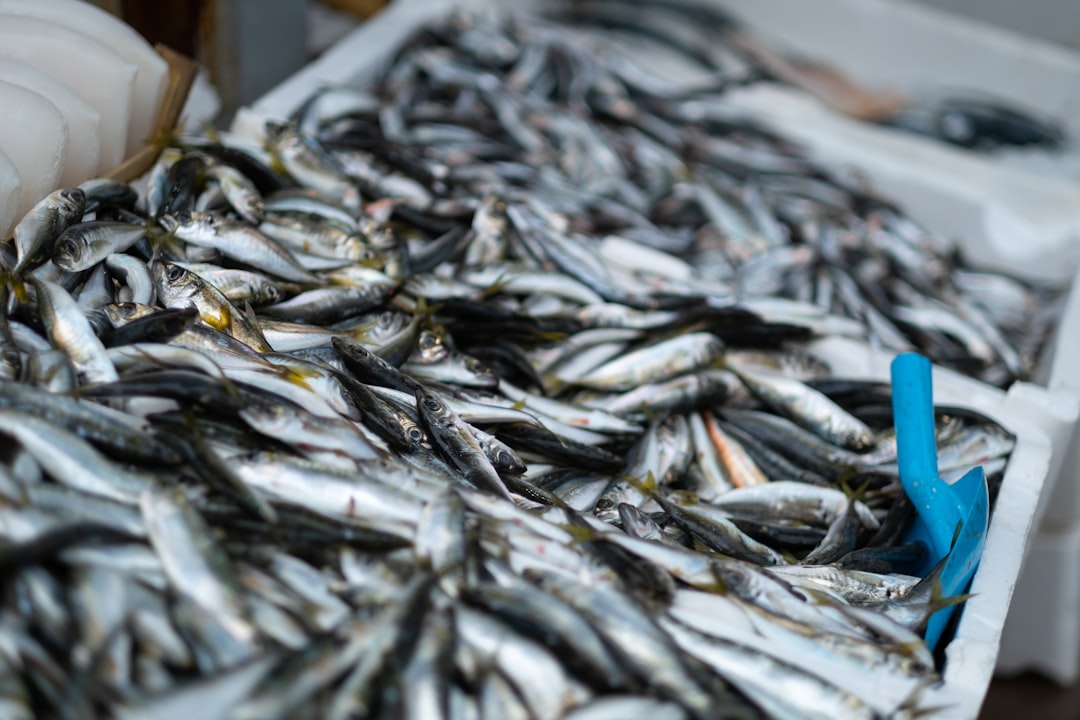
Precision in execution transforms Google Ads from a cost center into a predictable revenue engine for seafood brokers. Modern revenue teams require more than basic setup; effective campaigns align granular data with in-market intent, driving higher engagement and measurable returns. One compelling example of digital advertising’s impact is a Google Ads campaign that drove 1700% website traffic growth for Alaska Seafood, showcasing what’s possible for food brands leveraging search advertising.
This framework delivers a practical, data-driven process tailored for B2B seafood lead generation and online marketing for seafood businesses. Each step is engineered to maximize relevance, eliminate wasted spend, and surface the highest-value buyers in competitive seafood marketplaces. For more actionable insights on modern B2B demand generation, visit our blog.
With unified data platforms, marketers can pinpoint which keyword variations attract qualified seafood buyers. Advanced intent signals enable teams to automatically shift budget toward high-converting search terms and away from irrelevant clicks, ensuring every dollar is optimized for pipeline impact.
When ad platforms sync with enriched company and contact data, marketers can dynamically adjust messaging based on buyer stage or vertical. Real-time feedback from CRM and ad performance data informs ongoing copy optimizations, so every touchpoint is more relevant and persuasive.
Integrated analytics allow marketers to track every visitor from ad click through on-page engagement. Visitor identification tools reveal which companies are engaging, giving sales teams actionable intelligence for timely outreach and personalized follow-up.
By syncing CRM and marketing data, teams can dynamically update audiences as leads progress through the funnel. This results in more precise retargeting, faster follow-up, and a clear view of which marketing efforts are driving revenue for seafood brokers. For deeper strategies, explore retargeting strategies that unify online and offline touchpoints for ongoing optimization.
Ready to see these strategies in action? Get started for free with Sona.
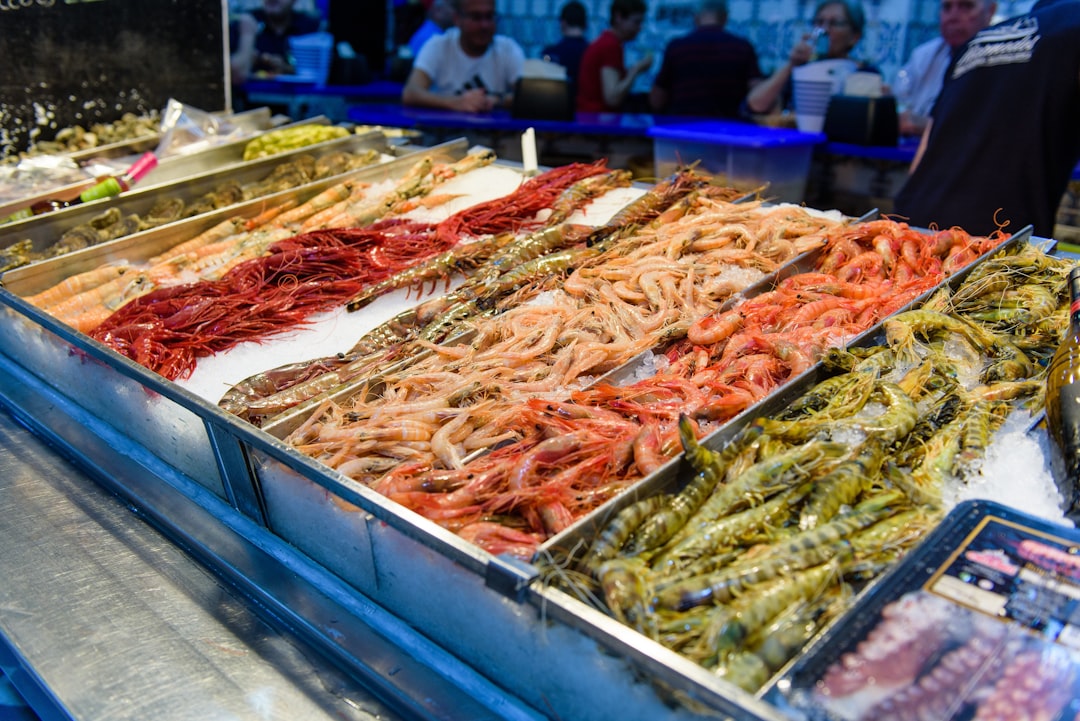
Expanding your digital footprint as a seafood broker requires a blend of data-driven targeting, creative partnerships, and ongoing content innovation. By leveraging advanced analytics and integrated marketing strategies, brokers can consistently engage high-value prospects and generate qualified leads across multiple channels.
Ready to scale your reach and track every opportunity? Get started for free with Sona.
Navigating the intricate waters of digital marketing for seafood brokers requires a strategic approach, and Google Ads can be your vessel to success. Throughout this article, we've explored how to tailor Google Ads strategies specifically for the seafood brokerage industry, ensuring you can effectively reach your target market and convert potential leads into loyal customers.
We delved into the challenges seafood brokers face, such as standing out in a niche market and targeting the right audience. By leveraging precise keyword selection, crafting compelling ad copy, and utilizing location-based targeting, you can significantly enhance your visibility and drive more qualified leads. These strategies not only help you overcome traditional barriers but also position your business for sustainable growth in an increasingly competitive landscape.
Imagine the transformation your seafood brokerage can achieve with a robust digital marketing strategy in place. By implementing these best practices, you're not just increasing visibility but also setting the stage for long-term success. Embrace the power of technology and data-driven insights to propel your business forward, and watch as your efforts translate into tangible results.
To turn these possibilities into reality, start for free and discover how our platform can elevate your Google Ads campaigns. Experience firsthand the capabilities that can unify your go-to-market data and drive actionable insights, ensuring your seafood brokerage stands out in the digital marketplace.
Seafood brokers can use Google Ads to target decision-makers searching for seafood sourcing solutions, driving qualified traffic that is ready for engagement and increasing sales by aligning with buyer intent.
Best practices include building targeted keyword lists, developing compelling ad copy, designing effective landing pages, and implementing data-driven optimizations to align campaigns with seafood buyers' needs.
Seafood brokers can target the right audience by using strategic audience segmentation based on product type, intent, and market characteristics, ensuring campaigns resonate with every stage of the seafood supply chain.
A successful example is a Google Ads campaign that led to a 1700% website traffic growth for Alaska Seafood in just three months, demonstrating effective digital advertising strategies for seafood brands.
Seafood brokers can measure ROI through advanced conversion tracking, integrating online and offline data to attribute revenue accurately and optimize future campaigns for greater efficiency.
Join results-focused teams combining Sona Platform automation with advanced Google Ads strategies to scale lead generation

Connect your existing CRM

Free Account Enrichment

No setup fees
No commitment required

Free consultation

Get a custom Google Ads roadmap for your business
Join results-focused teams combining Sona Platform automation with advanced Meta Ads strategies to scale lead generation

Connect your existing CRM

Free Account Enrichment

No setup fees
No commitment required

Free consultation

Get a custom Google Ads roadmap for your business
Join results-focused teams combining Sona Platform automation with advanced LinkedIn Ads strategies to scale lead generation

Connect your existing CRM

Free Account Enrichment

No setup fees
No commitment required

Free consultation

Get a custom Google Ads roadmap for your business
Join results-focused teams using Sona Platform automation to activate unified sales and marketing data, maximize ROI on marketing investments, and drive measurable growth

Connect your existing CRM

Free Account Enrichment

No setup fees
No commitment required

Free consultation

Get a custom Google Ads roadmap for your business
Over 500+ auto detailing businesses trust our platform to grow their revenue
Join results-focused teams using Sona Platform automation to activate unified sales and marketing data, maximize ROI on marketing investments, and drive measurable growth

Connect your existing CRM

Free Account Enrichment

No setup fees
No commitment required

Free consultation

Get a custom Google Ads roadmap for your business
Over 500+ auto detailing businesses trust our platform to grow their revenue
Join results-focused teams using Sona Platform automation to activate unified sales and marketing data, maximize ROI on marketing investments, and drive measurable growth

Connect your existing CRM

Free Account Enrichment

No setup fees
No commitment required

Free consultation

Get a custom Google Ads roadmap for your business
Over 500+ auto detailing businesses trust our platform to grow their revenue
Our team of experts can implement your Google Ads campaigns, then show you how Sona helps you manage exceptional campaign performance and sales.
Schedule your FREE 15-minute strategy sessionOur team of experts can implement your Meta Ads campaigns, then show you how Sona helps you manage exceptional campaign performance and sales.
Schedule your FREE 15-minute strategy sessionOur team of experts can implement your LinkedIn Ads campaigns, then show you how Sona helps you manage exceptional campaign performance and sales.
Schedule your FREE 15-minute strategy sessionOur team of experts can help improve your demand generation strategy, and can show you how advanced attribution and data activation can help you realize more opportunities and improve sales performance.
Schedule your FREE 30-minute strategy sessionOur team of experts can help improve your demand generation strategy, and can show you how advanced attribution and data activation can help you realize more opportunities and improve sales performance.
Schedule your FREE 30-minute strategy sessionOur team of experts can help improve your demand generation strategy, and can show you how advanced attribution and data activation can help you realize more opportunities and improve sales performance.
Schedule your FREE 30-minute strategy sessionOur team of experts can help improve your demand generation strategy, and can show you how advanced attribution and data activation can help you realize more opportunities and improve sales performance.
Schedule your FREE 30-minute strategy session





Launch campaigns that generate qualified leads in 30 days or less.
